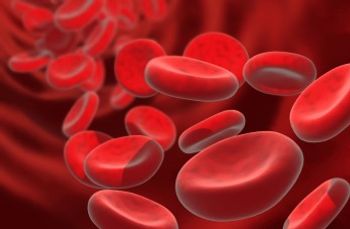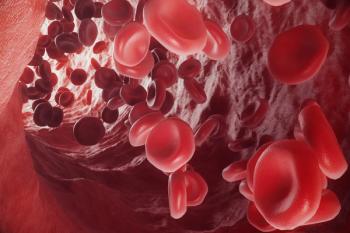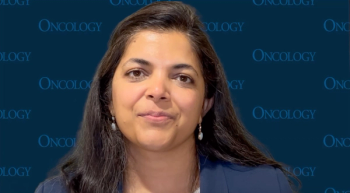
Dostarlimab/Chemo Yields “Unprecedented” OS in dMMR Endometrial Cancer
Dostarlimab plus chemotherapy appears to yield favorable overall survival in patients with mismatch repair proficient endometrial cancer.
Combining dostarlimab-gxly (Jemperli) with chemotherapy produced a clinically meaningful and statistically significant improvement in overall survival (OS) among patients with primary advanced or recurrent endometrial cancer, especially those with mismatch repair deficient (dMMR) disease, according to Mansoor Raza Mirza, MD.
In a conversation with CancerNetwork®, Mirza, the chief oncologist of the Department of Oncology, Rigshospitalet, Copenhagen University Hospital, Denmark, and the medical director of the Nordic Society of Gynaecologic Oncology-Clinical Trial Unit (NSGO-CTU), spoke about findings from part 1 of the
Mirza highlighted an “unprecedented” OS benefit with dostarlimab plus chemotherapy in patients with dMMR disease. Additionally, he stated that he hoped for FDA approval of the combination for all patients regardless of mismatch repair status.
With a median follow-up of 36.6 months in the dMMR subgroup of the RUBY trial, the median OS was not evaluable (NE; 95% CI, NE-NE) with the dostarlimab combination vs 31.4 months (95% CI, 20.3-NE) in the placebo arm (HR, 0.32; 95% CI, 0.17-0.63). In each respective arm, the OS rates were 82.8% vs 57.5% at 2 years and 78.0% vs 46.0% at 3 years.
Among those with pMMR disease, the median OS was 34.0 months (95% CI, 28.6-NE) in the dostarlimab arm and 27.0 months (95% CI, 20.3-NE) in the placebo arm (HR, 0.32; 95% CI, 0.17-0.63). The 2-year OS rates in each respective arm were 66.5% vs 53.2%, and the 3-year rates were 48.6% vs 41.9%.
Transcript:
At this year’s SGO, we have presented the overall survival data of the overall population, which are also statistically significant and clinically meaningful. We have also looked at the subgroup analysis of the dMMR and pMMR population, and [the data] are extremely positive, especially in the dMMR population with a hazard ratio of [0.32] which is unprecedented.We also see a nice shift in overall survival in the pMMR population. Altogether, the whole population is benefitting, more so in the dMMR population. And I hope that there will be approval for this drug for the whole population so we can add dostarlimab to chemotherapy and maintenance for all patients.
Reference
Powell MA, Auranen A, Willmott LJ, et al. Overall survival among patients with primary advanced or recurrent endometrial cancer treated with dostarlimab plus chemotherapy in the ENGOT-EN6-NSGO/GOG-3031/RUBY Trial. Presented at: Society of Gynecologic Oncology 2024 Annual Meeting on Women’s Cancer; March 16-18, 2024; San Diego, CA.
Newsletter
Stay up to date on recent advances in the multidisciplinary approach to cancer.

















































































